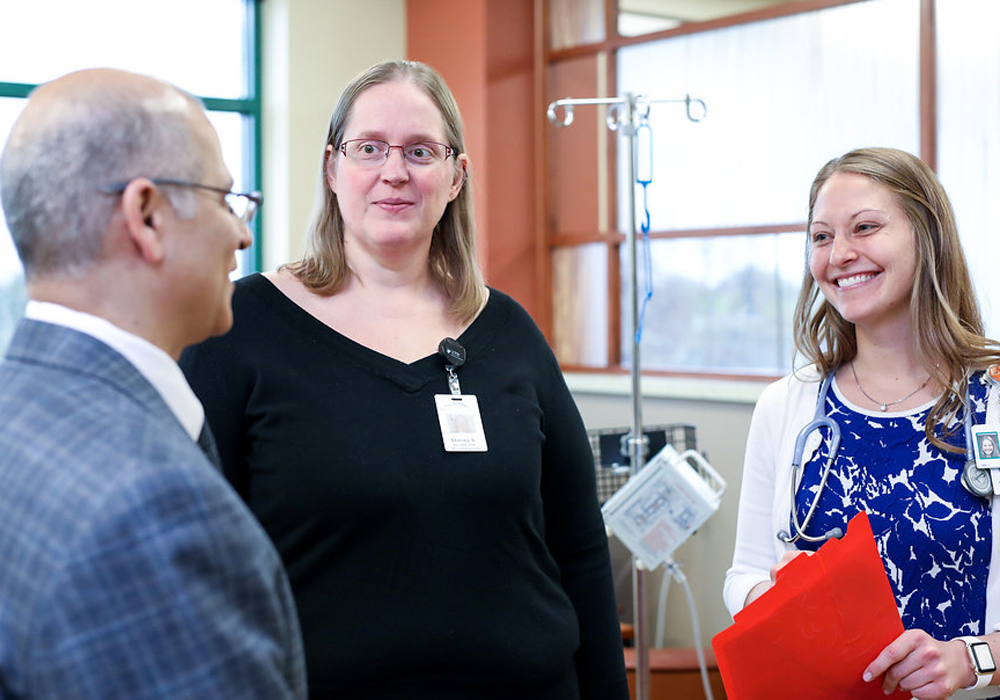By Laura B. Houchin, MSN, RN, AOCNS®
As an oncology clinical nurse specialist (CNS), you may find yourself answering over and over the question of, “What is it you do?” In many instances, it is a broader role then most may realize, and you wear several hats. As you explain to other oncology staff what a CNS does, focus on the three spheres of influence.
- Patient and family caregiver sphere
- Nursing practice sphere
- Organization and system sphere
Achieving these spheres can feel challenging and a little daunting, but developing a plan and identifying your priorities can help. You may wish to either take a blended approach to all three spheres or just concentrate on each one specifically. Sometimes your first instinct is knowing yourself and your approach at influencing all three spheres.
Barriers to Achieving the CNS Spheres of Influence
As you approach the CNS spheres of influence, you may face some barriers, the first of which may be internal. Initially, you may find yourself trying to do too much and not seeing the outcome you had envisioned. Or you may be overwhelmed by the desire to fix it.
In both cases, stepping back and finding a realistic balance can help you overcome these obstacles. CNSs need to familiarize themselves and observe practice, environment, and patient flow and listen to staff and patient concerns if they have specific issues. Rome was not built in a day, and the identified concerns will not be fixed in a day either. Making a timeline can be a tangible way to see your goals.
Another barrier may be staff and leadership: each group has an opinion what needs to be improved and suggestions on the way to achieve that goal. It is the CNS’s role to provide a voice and work interprofessionally to determine the exact problem and a plausible plan on what might be a better approach. The phrase, “We have always done it this way,” is a barrier you need to either break down or maintain some reasonable facsimile to incorporate change and gain buy-in.
The organization and system sphere can also present barriers. An example is when leadership may need to introduce a new patient population into the current practice. A CNS needs to identify staff educational needs and possibly an environment change to accommodate the new population. The barrier here is the CNS’s own lack of knowledge of this population and finding the resources to help educate the staff, leadership, and CNSs involved. This will take education; develop a clinical practice environment and expansion of services. This is not a quick fix, but it does have its own timeline.
A CNS’s Perspective
The role of the CNS is to be seen as a leader, educator, and clinical expert in their particular field. We all face barriers in day-to-day life at work and at home. Sometimes the biggest barrier may be ourselves and just trying to do too much in a short period. We need to make realistic goals and engage staff, coworkers, and leadership into the planning phase and not rush into a quick solution. Research, networking, and maintaining team communications are not barriers but necessities to address issues or practice change. We are constantly learning and need to remember some of the lessons from our own experiences that can be translated to improve outcomes for patients and staff.
As Florence Nightingale said, “Were there none who were discontented with what they have, the world would never reach anything better.”






